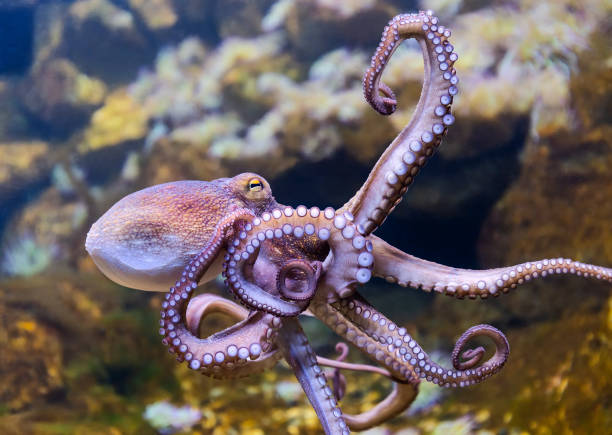The Intricate Dance of Fencing: A Journey into Elegance and Strategy
The sport of fencing, often described as a game of physical chess, has long captivated audiences with its unique blend of elegance, agility, and strategy. It is a dance, a duel, and a game of wits rolled into one—an art form that traces its roots back to the dueling schools of Renaissance Europe.

The Historical Tapestry of Fencing
Fencing has a rich and storied history, stretching back to the days of knights and nobility. This sport was once a vital skill for survival, a form of self-defense taught to the elite. Fencing, as we know it today, evolved from the practices of these ancient swordsmen. The three branches of modern fencing—foil, épée, and sabre—each have their own unique rules and techniques, influenced by centuries of martial traditions and cultural developments.
The Strategic Mindset: Fencing’s Chess-like Nature
Fencing is not just about physical prowess, but also mental agility. Like chess, it requires forethought, strategy, and quick decision-making. Fencers must predict their opponents’ moves, plan their attacks, and adapt on the fly. This strategic mindset is what sets fencing apart from other combat sports and makes it a captivating spectacle for spectators.
The Physical Poetry: Fencing’s Unique Athletic Demands
The physical demands of fencing are unique and rigorous. It requires lightning-fast reflexes, agility, endurance, and precision. Despite the intensity, there is an elegance and grace to the movements, a beauty that comes from the balance and coordination required. This combination of athleticism and artistry is part of what makes fencing so compelling.
The Modern Face of Fencing: Trends and Developments
In the modern era, fencing has evolved with advancements in technology, coaching methods, and athletic training. Electronic scoring systems, adopted in the late 20th century, have revolutionized the sport, making it faster and more dynamic. Fencing has also gained popularity worldwide, with a growing global community of fencers and enthusiasts. Despite these changes, the core principles of fencing—honor, respect, and sportsmanship—remain unchanged, a testament to the timeless appeal of this ancient sport.
Fencing is a sport steeped in history and tradition, but it is also a sport that continues to evolve and grow. It is a fascinating blend of past and present, of physicality and intellect, of elegance and aggression. It is a dance of steel that captivates and enthralls—a testament to the enduring allure of this noble art.





